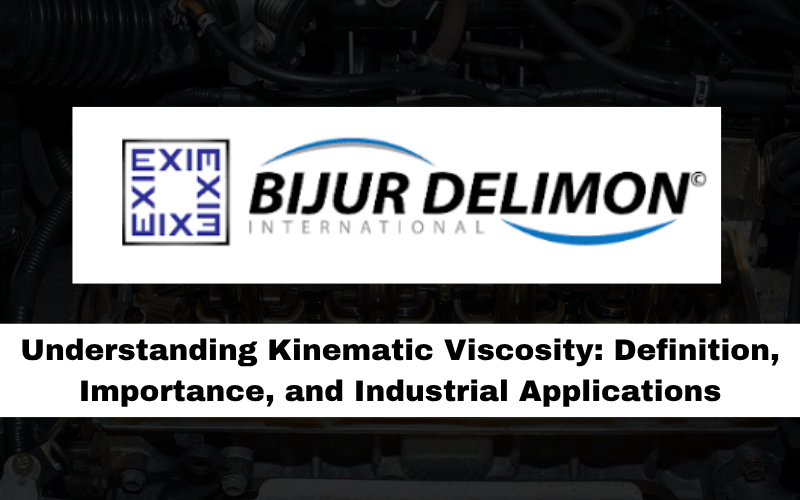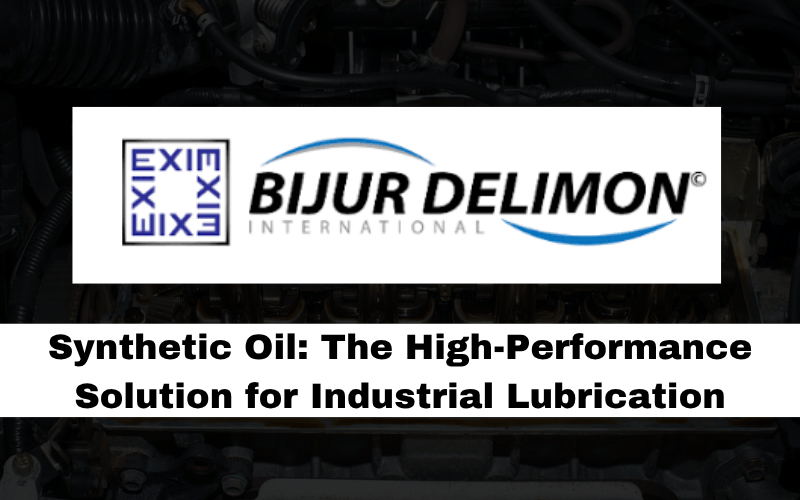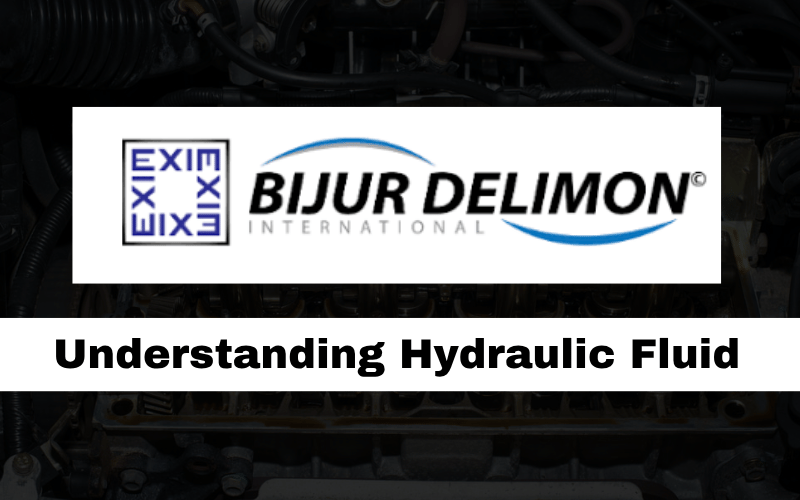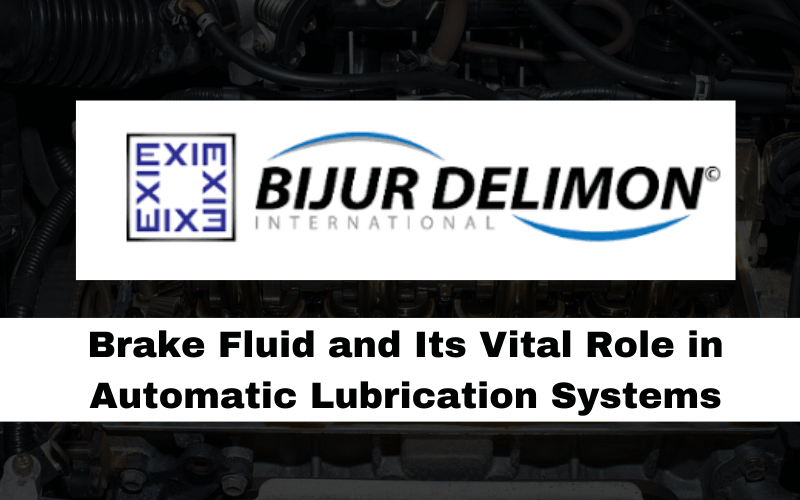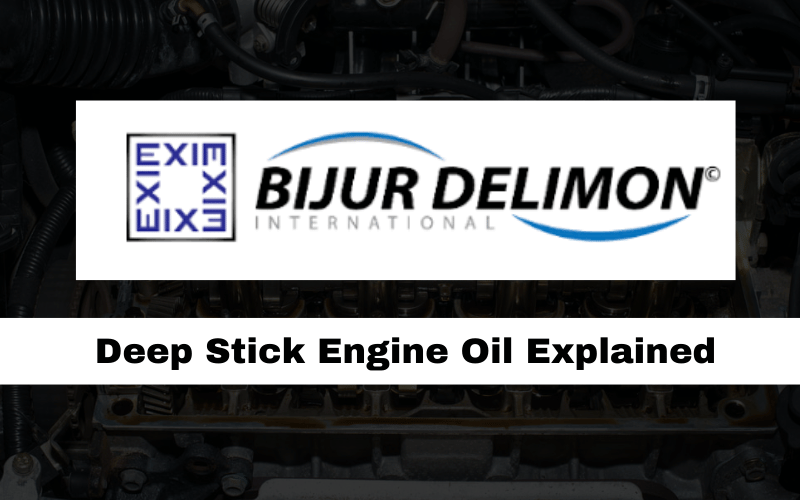Rigid Coupling: Everything You Need to Know
Rigid Coupling – When it comes to connecting two shafts to transmit torque and motion without any flexibility, one mechanical component stands out — the rigid coupling. Unlike its flexible counterparts, a rigid coupling ensures absolute alignment, making it the go-to choice in high-precision, low-tolerance applications. In this comprehensive guide, we’ll explore the fundamentals of rigid couplings, their types, applications, advantages, limitations, and how to choose the right one for your machinery. Whether you’re a mechanical engineer, maintenance professional, or equipment designer, understanding rigid coupling technology can make a huge difference in operational efficiency and component longevity. What is a Rigid Coupling? A rigid coupling is a solid mechanical device used to connect two aligned shafts in a machine, ensuring zero relative movement between them. Unlike flexible couplings, which accommodate misalignment and vibration, rigid couplings demand precise shaft alignment. Typically made of steel, aluminum, or stainless steel, rigid couplings are designed to provide a strong, permanent connection that transmits torque with maximum accuracy. Types of Rigid Coupling Understanding the different types of rigid coupling can help in selecting the most appropriate option for your application. 1. Sleeve or Muff Coupling This is the simplest form of rigid coupling, consisting of a hollow cylinder (the sleeve) that fits over the ends of two shafts. The shafts are keyed and held together with set screws or bolts. 2. Clamp or Split Coupling This type consists of two halves that are bolted together around the shaft. It provides a more secure grip and easier maintenance access than a sleeve coupling. 3. Flange Coupling A more heavy-duty option, flange rigid couplings have flanges mounted at the ends of each shaft. These flanges are then bolted together, providing high torque transmission in larger equipment. Key Features of Rigid Coupling Applications of Rigid Coupling in Industry Rigid couplings are predominantly used in low-speed, high-precision systems where shaft alignment is already accurate. Some common applications include: In each of these applications, the rigid coupling delivers unyielding performance by maintaining exact shaft positioning and efficient torque transfer. Benefits of Using Rigid Coupling The popularity of rigid coupling in mechanical systems is due to a host of benefits, especially in environments where precision is critical. 1. Accurate Shaft Alignment Because rigid couplings don’t compensate for misalignment, they force users to align shafts precisely. This alignment improves equipment efficiency and reduces the chances of premature wear. 2. Increased Torque Transfer With no room for deflection or slippage, rigid couplings transfer 100% of the torque from one shaft to the next. This is vital in heavy-load applications. 3. Simple and Cost-Effective Rigid couplings feature a straightforward design that’s easy to produce and maintain. They’re also generally less expensive than flexible alternatives. 4. Ideal for Short Shaft Distances If your machinery design requires shaft ends to be in close proximity, a rigid coupling is the most practical and compact solution. Limitations of Rigid Coupling Despite its advantages, a rigid coupling is not suitable for every situation. Here are a few limitations to consider: – No Flexibility for Misalignment Even the slightest misalignment can cause stress on the connected shafts, resulting in vibration, noise, and potential equipment failure. – Not Ideal for Dynamic Loads Machines with frequent stops, starts, or direction changes may benefit more from a flexible coupling to absorb shock and movement. – Difficult Installation in Confined Spaces While the design is simple, the requirement for perfect alignment makes installation slightly more demanding. Rigid Coupling vs. Flexible Coupling A frequent question among machinery professionals is: “Should I use a rigid coupling or a flexible one?” Here’s a quick comparison: Feature Rigid Coupling Flexible Coupling Shaft Misalignment Not tolerated Accommodated Vibration Dampening No Yes Torque Transmission 100% Slight loss possible Maintenance Low Moderate Ideal for Precise, static loads Dynamic, misaligned loads If your system operates under stable loads and precise alignment, rigid coupling is often the superior choice. Choosing the Right Rigid Coupling for Your Application When selecting a rigid coupling, consider the following factors: 1. Shaft Size The internal diameter of the coupling should match your shaft size. Always double-check for keyways and set screw compatibility. 2. Material Choose stainless steel for corrosion resistance, aluminum for lightweight applications, and carbon steel for heavy-duty use. 3. Torque Requirements Calculate the maximum torque the system will transmit and ensure the coupling’s rated torque exceeds that by a safety factor. 4. Space Constraints If installation space is tight, a clamp or sleeve rigid coupling might be more suitable than a bulky flange coupling. 5. Operating Environment For environments with high moisture, chemicals, or extreme temperatures, material choice and design features are critical. Installation Tips for Rigid Coupling Proper installation is crucial for the longevity and efficiency of rigid coupling systems: Maintenance of Rigid Coupling While rigid couplings are generally maintenance-free, periodic inspections can help identify early wear or alignment issues: Preventive checks can dramatically reduce the risk of downtime or catastrophic failure. Future of Rigid Coupling Technology With the growth of automation and precision manufacturing, the rigid coupling continues to evolve. Advanced designs now feature: As machinery demands higher efficiency and reliability, the rigid coupling remains a critical component in the engineer’s toolkit. ABOUT BIJUREXIM – CLICK HERE Conclusion The rigid coupling may appear simple, but it plays a foundational role in the world of mechanical power transmission. When shaft alignment is spot on and torque transfer must be precise, rigid couplings deliver unmatched performance. From heavy industrial machines to precision CNC equipment, these couplings offer a cost-effective, efficient solution for demanding applications. By understanding their types, benefits, limitations, and best use cases, you can make informed decisions that improve machine life and reduce operational downtime. Whether you’re designing a new system or upgrading an existing one, choosing the right rigid coupling is key to mechanical success. KNOW MORE ABOUT BIJUR DELIMON PRODUCTS – CLICK HERE FAQs About Rigid Coupling
Rigid Coupling: Everything You Need to Know Read More »






